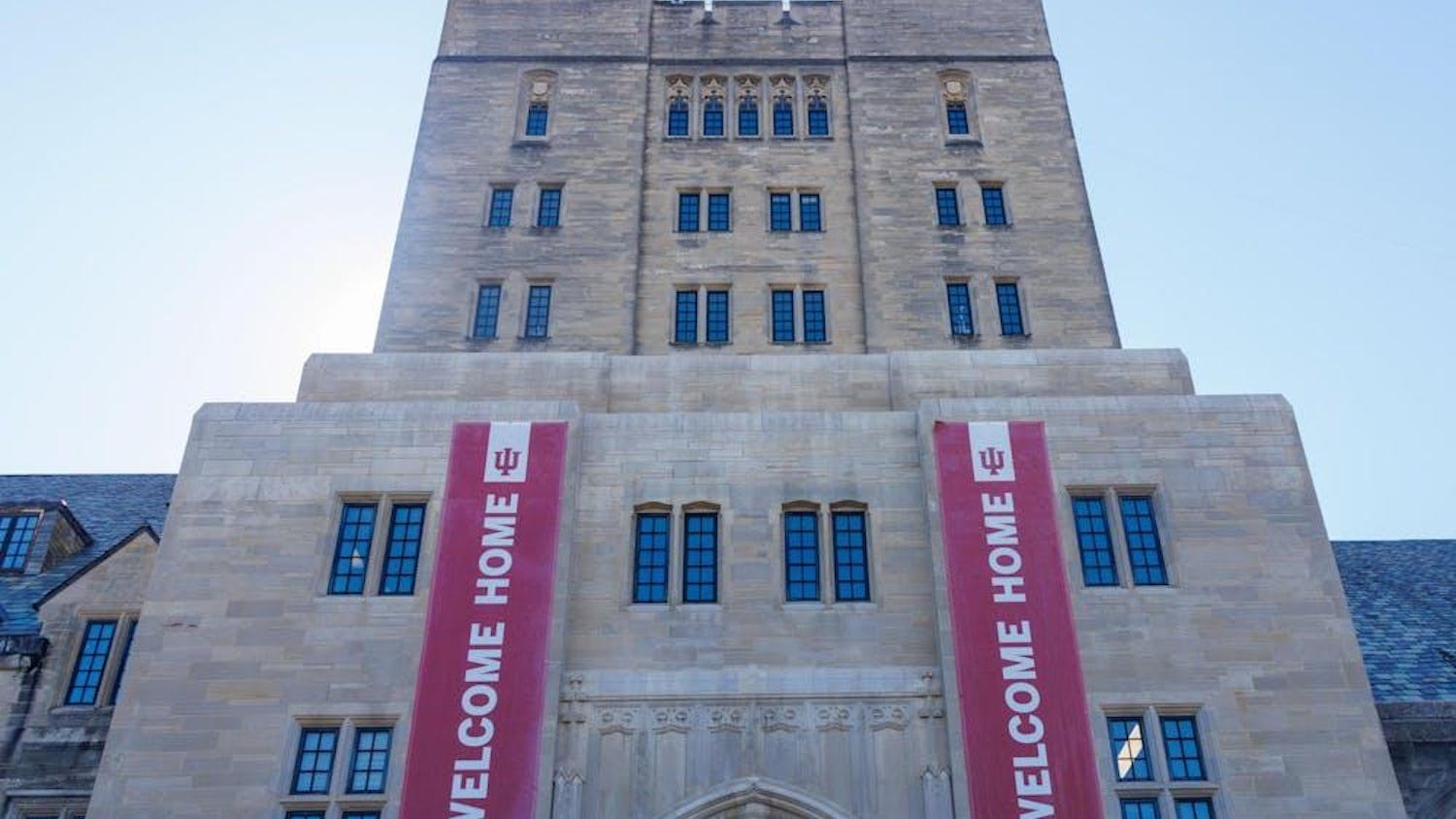CHICAGO – You have a world atlas on your desk. With a few mouse clicks, you can print out door-to-door directions via the Internet. Then there’s the GPS device mounted on your car’s windshield.\nWith Americans possessing more tools than ever to help get them where they want to go, a major upcoming exhibit at the Field Museum will route how maps have changed over the centuries and how various cultures have chosen to depict the world.\n“Maps: Finding Our Place in the World,” opening Nov. 2, will feature more than 130 famous or prized maps. Organizers, who will officially announce the show Friday, are billing it as the most ambitious cartography exhibit ever in North America.\nPieces confirmed for display include a 3,500-year-old clay tablet detailing walls, gates and palaces in the town of Nippur in what is now Iraq; three drawings by Leonardo da Vinci rarely lent from the English royal collection; the map Charles Lindbergh carried with him on his history-making flight from New York to Paris; and drawings by author J.R.R. Tolkien of his fictional Middle-earth.\n“We were successful beyond our wildest imaginations,” said James Akerman, one of the exhibit’s curators and director of the Newberry Library’s Center for the History of Cartography. The Newberry has partnered with the Field Museum to present the show.\nIts genesis was a question asked by the Field’s president and CEO, John W. McCarter Jr.\nMcCarter had been fascinated with maps since he was a child, when he kept a box of maps he cut out from National Geographic and studied World War II battle maps with his father at their kitchen table.\nNow head of one of the country’s most prominent natural history museums, he asked a friend and cartography expert: Had there ever been an exhibit on the 100 greatest maps in the world?\nHe learned there had, in 1952 in Baltimore. McCarter decided to try to mount another such show, and became even more determined when he found a sponsor in Navtec, a Chicago-based provider of digital map data.\nThe exhibit’s opening is still six months away. But Akerman and fellow exhibit curator Robert W. Karrow Jr., the Newberry’s curator of maps, provided a sneak peek of items to be displayed from the library’s permanent collection.\nOne, contained in book published in 1524, is a map of the Aztec Empire’s capital of Tenochtitlan (now Mexico City) based on the eyewitness account of Spanish conquistador Hernan Cortes.\nThe map marries European-style representations of buildings with indigenous-style pictographs to show pyramids and a rack decorated with human skulls.\nIt’s the first printed map of any American site. Yet the blue of the water surrounding the city is still vivid nearly 500 years after the map was painted by hand.\nAnother piece is a pocket globe produced in England in the early 19th century. The globe rotates while nesting in its lizard skin case, about the size of a softball.\nOn the top of the case is a tiny, delicate map of the solar system. On the globe itself, one can trace the path of Captain James Cook, whose explorations of the South Pacific in the late 18th century were of great interest to British audiences.\n“One of the overarching themes of the show is how maps reflect back on us, on the people who use them,” Akerman said.\nThe show’s organizers also wanted to include maps from outside the European tradition, such as a deerskin map drawn by members of an American Indian tribe, where circles connected by lines indicate political ties among communities.\nAlso on loan from other collections will be a small Hindu globe that depicts continents in the shape of lotus petals and an Ottoman map from the 17th century showing the Nile River snaking through Egypt, with south, instead of north, at its top.\nEven as viewers are amused or perplexed at how other cultures chose to depict the world, Karrow said he hopes they realize that modern maps also reflect choices – for example, what points of interest to feature, or a GPS system that directs a viewer to take major roads, not necessarily the most scenic.\n“Any map,” said Karrow, “even a modern map, even the most scientifically rigorous modern map, comes packed with a whole bundle of cultural propositions that regulate how it’s going to look.”\n“Maps: Finding Our Place in the World,” will be on display at the Field from Nov. 2 through Jan. 28, 2008. It then will move to Baltimore’s Walters Art Museum from March 15 through June 8, 2008.
Chicago Field Museum exhibit to feature some of world’s most famous maps
Get stories like this in your inbox
Subscribe





